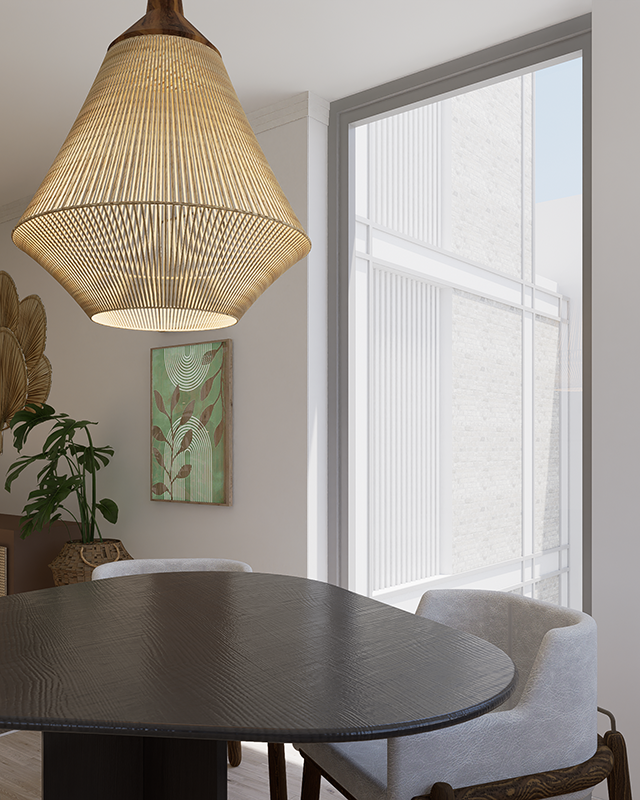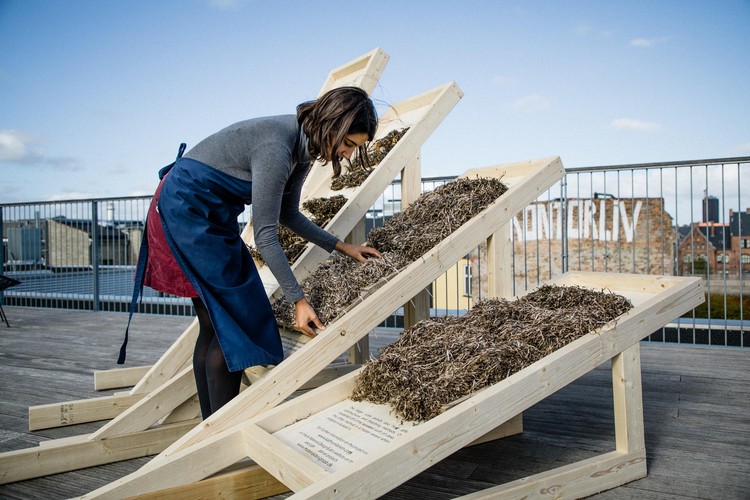Embarking on the journey of land acquisition and residential development requires careful consideration and strategic planning. As a property developer, finding the right piece of land is crucial to the success of your project.
In Part 2 of this land acquisition series blog post (Click here to read Part 1), we will dive into the exploratory stage of the search for land, where we evaluate the remaining key considerations that can make or break a development opportunity. By understanding these factors, you can make informed decisions and maximize the potential of your investment. So, let’s explore the important aspects to consider during the exploratory stage of land acquisition for residential development in the UK.
1. Seller's Restrictions
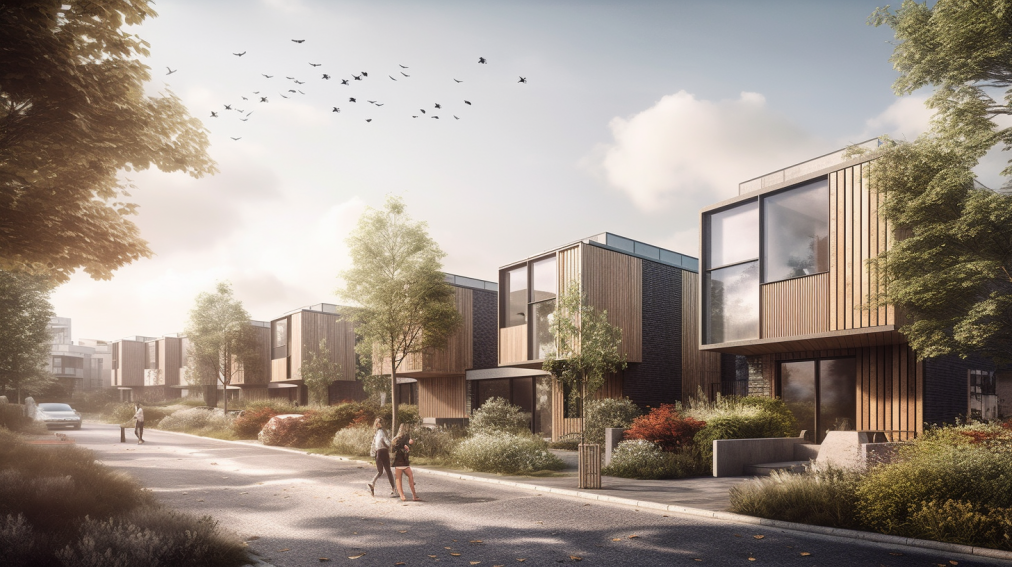
One of the first considerations is to review any restrictions imposed by the seller on the residential development of the site. These restrictions can include clawback provisions that limit the use of the land for residential purposes for a specified period, such as 21 years. It’s important to carefully analyze these restrictions and evaluate how they might impact your plans and long-term goals.
2. Planning Permission
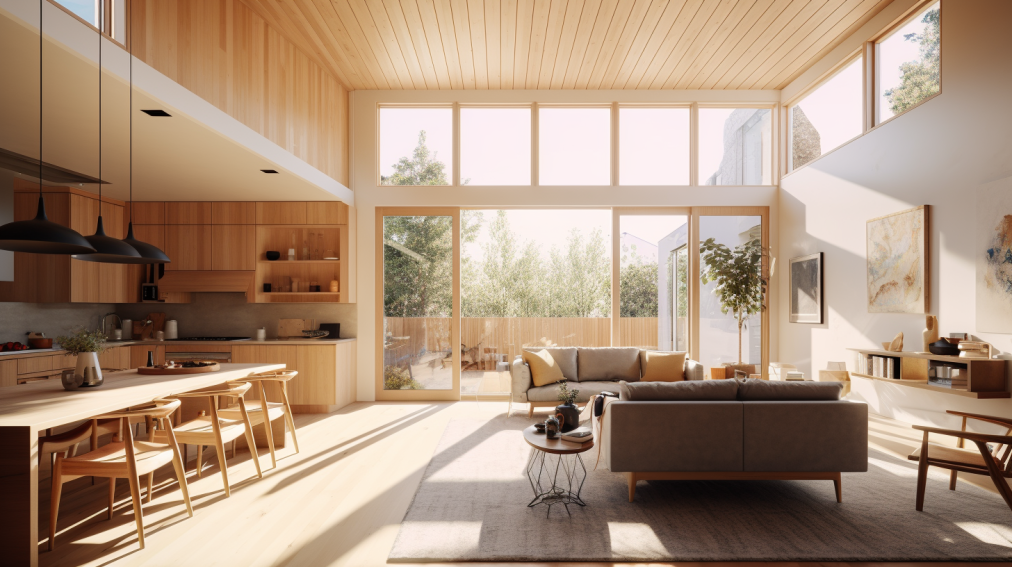
While having planning permission in place can be advantageous, it’s essential to consider the value-added by having control over the type of development you propose. As a residential designer, we prefer sites without existing planning permission to retain full control of the project. This way, we can tailor the development to align with your creative vision and maximize the return on your investment. However, keep in mind that navigating the planning process can be complex, and seeking professional guidance is highly recommended.
3. Site Shape and Accessibility

The shape of the site and its accessibility are critical factors in determining the feasibility of a development. Awkward site shapes or restricted access can pose challenges in designing and constructing residential buildings. It’s crucial to evaluate whether the site’s shape allows for efficient space utilization and whether there are any limitations in terms of vehicle access, utilities, or infrastructure connections. Overcoming these challenges may require additional resources and planning, impacting the overall cost and timeline of the project.
4. Availability of Services
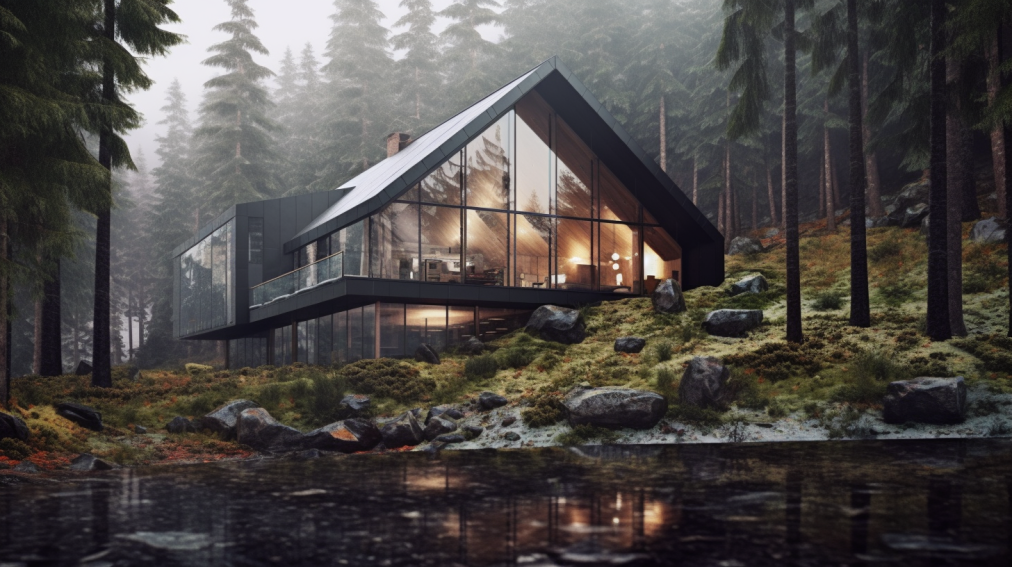
Consider whether the site has access to essential services such as water, electricity, sewage, and telecommunications. Developing land without existing services can incur substantial expenses in connecting to utilities. Assessing the availability and proximity of these services is crucial in estimating the overall development costs and ensuring a smooth and efficient development process.
5. Restricted Areas

Check if the site is located within greenbelt areas, areas of outstanding natural beauty, or conservation areas. These designations can impose strict limitations on development activities. In such areas, obtaining planning permission may be more challenging, and the scope for development may be significantly restricted. Understanding the regulatory framework and consulting with planning authorities is vital to ensure compliance with the applicable guidelines and regulations.
6. Steer Clear Alerts
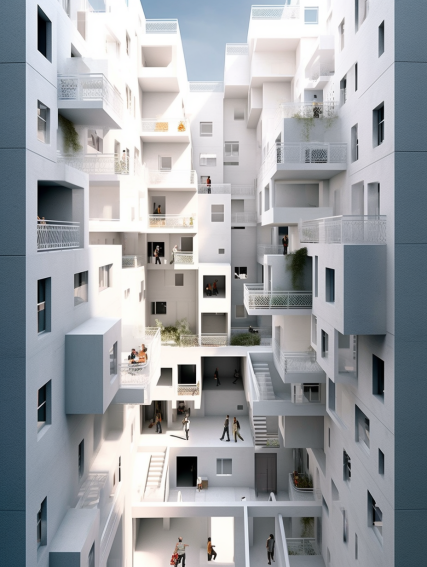
Be cautious of sites advertised for auction with the disclaimer that purchasers should rely on their own inquiries regarding development potential. These alerts indicate that comprehensive due diligence is necessary before proceeding with the purchase. Conducting thorough investigations and seeking expert advice can help you uncover any potential red flags and make informed decisions.

The exploratory stage of land acquisition for residential development is a crucial phase where careful evaluation of various factors can set the foundation for a successful project. By considering seller’s restrictions, planning permission, site shape and accessibility, availability of services, restricted areas, and steer clear alerts, you can mitigate risks and maximize the potential of your investment.
Was this helpful?
Let us know!
Our goal is to add significant value to your property through innovative and sustainable design solutions, maximizing its potential and appeal in the market.

